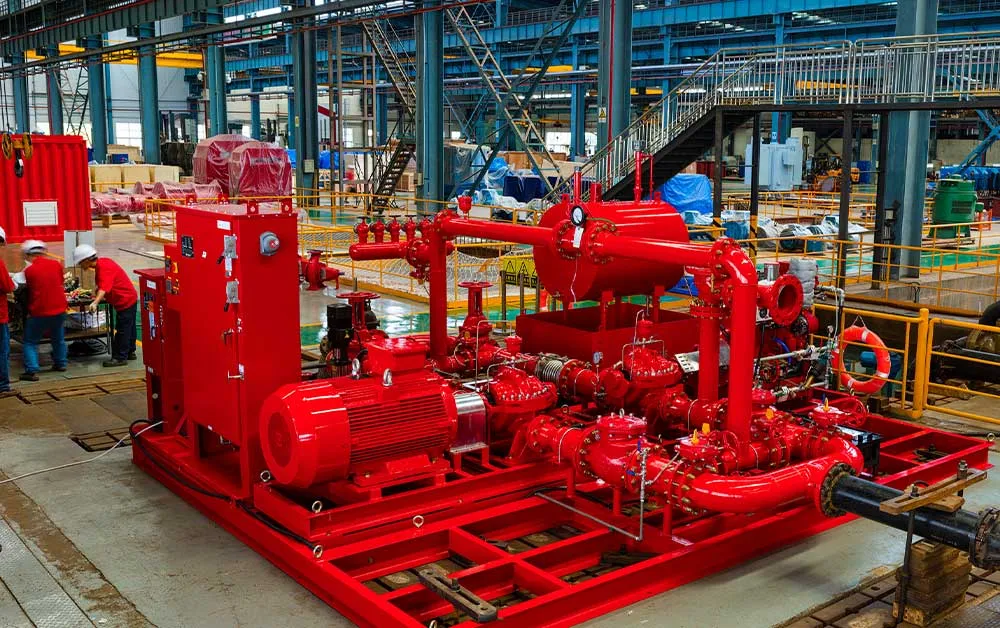What Are Diesel Engines and How Do They Work?
A diesel engine, also known as the compression-ignition engine, is an internal combustion engine. The engine works as it uses the heat of compression to initiate ignition and burns the diesel fuel that has been injected into the combustion chamber.
How diesel engines work?
Diesel engines utilize four-stroke combustion cycle to convert chemical energy available in diesel fuel into mechanical energy. This mechanical power moves the pistons up and down (pistons are designed inside the cylinder). Hence, the crankshafts connected with pistons move up and down accordingly. This motion is known as the linear motion, which helps create the rotary motion in order to turn the wheel of machinery forward.
Diesel engine cycle
For a diesel engine, the cycle in an internal combustion engine consists of induction, compression, combustion and exhaust strokes. The air is first compressed, and then the diesel fuel is injected. Air heats up when it is compressed. Finally, the diesel fuel ignites.
The four strokes:
- Intake: Inlet opens, drawing air into the cylinder and moving the piston down.
- Compression: Inlet closes, the piston is driven upwards in the cylinder and compresses the air.
- Combustion: Diesel fuel is injected into the cylinder before the piston reaches to the top. Fuel is ignited and force the piston downwards.
- Exhaust: The piston moves downward and reaches to the top, which pushes the exhaust created by the combustion out through the exhaust valve.
Engine layout
The functions of major components in a diesel engine are as follows:
- Fuel Pump: Injecting fuel directly into the fuel pump
- Fuel Filters: Filtering dirt and dust out from the fuel
- Turbochargers: Allowing the engine to squeeze more air into the cylinder, boosting an engine’s horsepower
- After-coolers: Lowering the temperature of the intake air of the engine
- Oil Filters: Removing contaminants from all oil of the engine

